How to Install Python on Windows 11
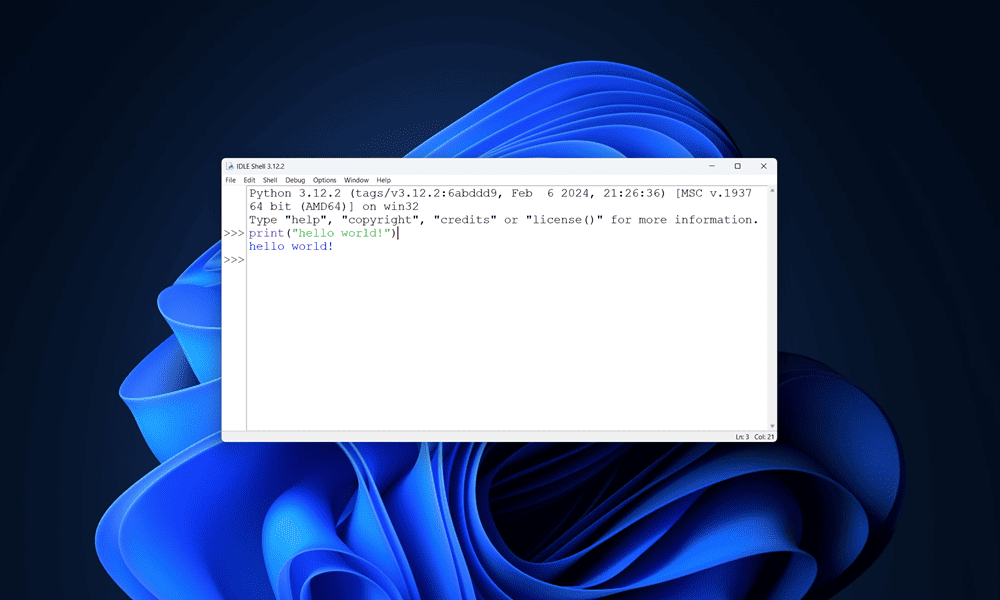
If you’re interesting in coding Python or running Python apps, you’ll need to install Python on Windows 11. This guide explains how.
There’s a reason that Python ranks as one of the top three used programming languages. It’s easy to learn and understand, with a low barrier of entry to get stuck in. If I’m coding, I’ll use Python, and I don’t just use a Linux PC to do it, either.
Instead, I’ve installed Python on Windows 11 to code and run my Python apps. You can install Python on Windows 11 in a few different ways, and I’ll explain the steps to do each of them below.
Choosing the Correct Python Version
Python has multiple versions available, and choosing the right one is essential for compatibility and functionality. Major versions are typically Python 2 and 3, with Python 3 being the most up-to-date and recommended. There are also “smaller” Python releases, such as Python 3.11 or 3.11.1.
You’ll need to identify which version you need to install. Check the software requirements or documentation of any projects you plan to work on. They should specify a Python version. If they don’t, install the latest version of Python.
You should also visit the official Python website to see the latest stable release. Newer releases have more features, but might have less third-party support, and may have certain features or functionality that have been deprecated.
How to Install Python on Windows 11
Installing Python on your Windows 11 system is straightforward. You’ll need to head to the official Python website to grab the installer. The website keeps the latest versions in the downloads section for easy access.
To install Python on Windows 11, follow these steps.
- Open the official Python download page in your browser. Find the version suited for Windows and download the installer.

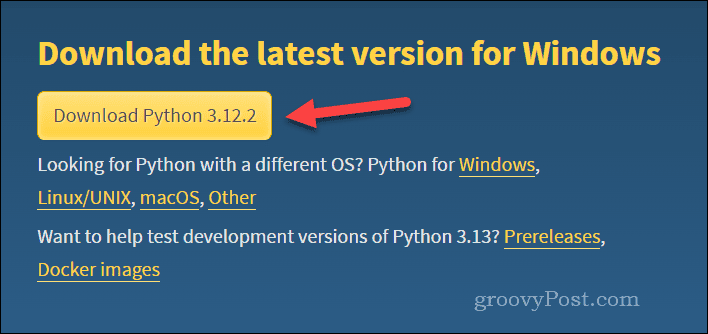
- Once the download completes, launch the installer and follow the on-screen instructions. Make sure to check the option to Add python.exe to PATH at the bottom before you start the installation—that’ll make sure that Python is accessible from the command line.
- Press Install Now for a quick setup or Customize installation if you need to set any custom settings.

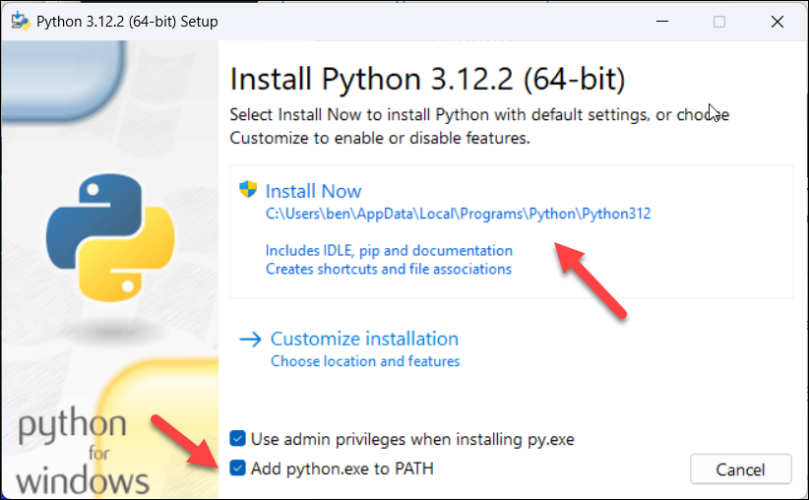
- Follow any additional on-screen instructions to complete the installation. This may include selecting install locations and configuring advanced options.
After you’ve finished, Python will be available to use on your Windows 11 PC. If you encounter any issues, try the installation again or restart your system.
How to Install Python via the Microsoft Store
You can also install Python directly through the Microsoft Store. This method ensures you receive automatic updates and offers a more simple installation experience. You’ll need to make sure you’re signed in using a Microsoft account to do this, however.
To install Python via the Microsoft Store, follow these steps.
- Open the Start menu and search for Microsoft Store, then select it from the search results.

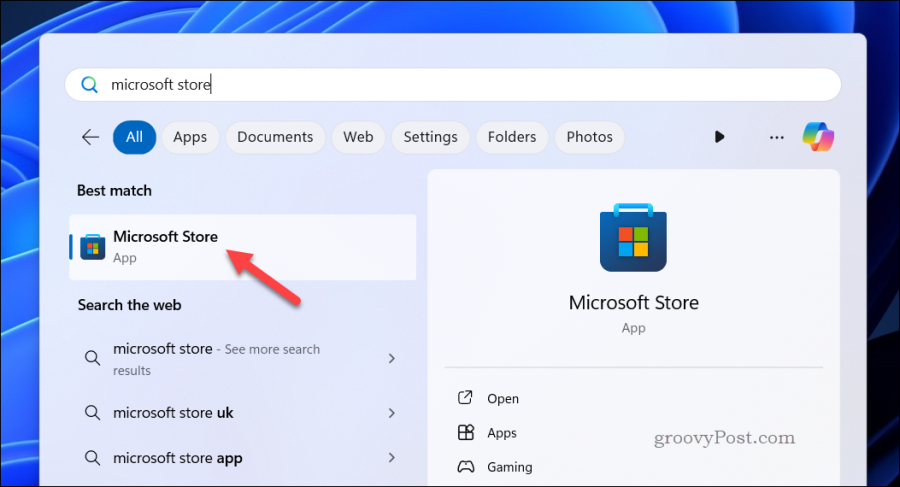
- Once the store launches, click the search bar, type Python, and press Enter.
- The search results will display various versions of Python—choose the version appropriate for your needs.


- Click Get to start the download and installation process.


- Once complete, you should be able to launch Python via the Start menu or your preferred terminal application (such as PowerShell).
How to Check Your Python Installation
After installing Python on your Windows 11 system, it’s important to confirm that the installation was successful. This verification process ensures that Python can execute scripts and that the correct version is running on your system.
The easiest way to do this is via a PowerShell, Windows Terminal, or command line window.
- Open the Start menu and type cmd, powershell, or Windows Terminal. Launch your preferred application.

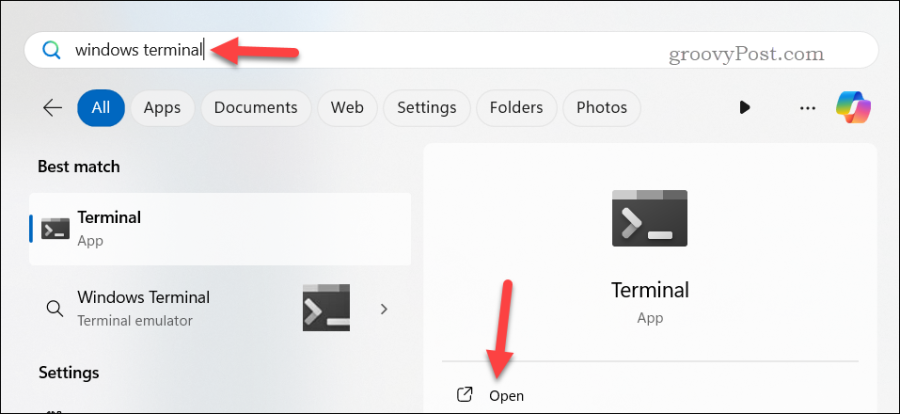
- In your preferred terminal window, type python --version and press Enter.

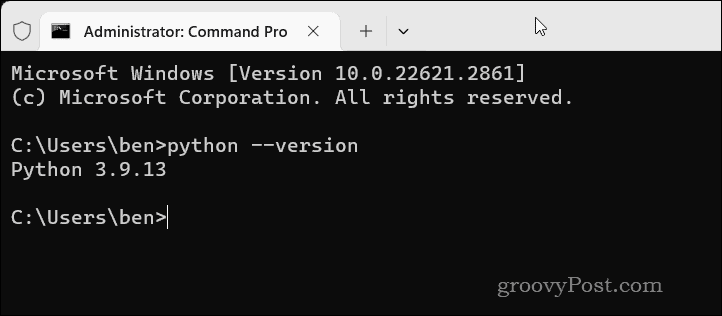
- Check the displayed version to ensure it matches the version you installed.
If Python is installed correctly and the system path variable is set, you’ll see the installed Python version displayed.
Using Python on Windows 11
Python is easy to install and use on Windows 11. If you want the easiest route, you can install it via the Microsoft Store, but you can also grab the latest version from the Python website.
Once installed, you’re good to go—open up an IDE (or even Notepad) and start typing up your code. You should be able to run any Python script you like using the python command in PowerShell, Windows Terminal, or even the older command line.
Leave a Reply
Leave a Reply



















